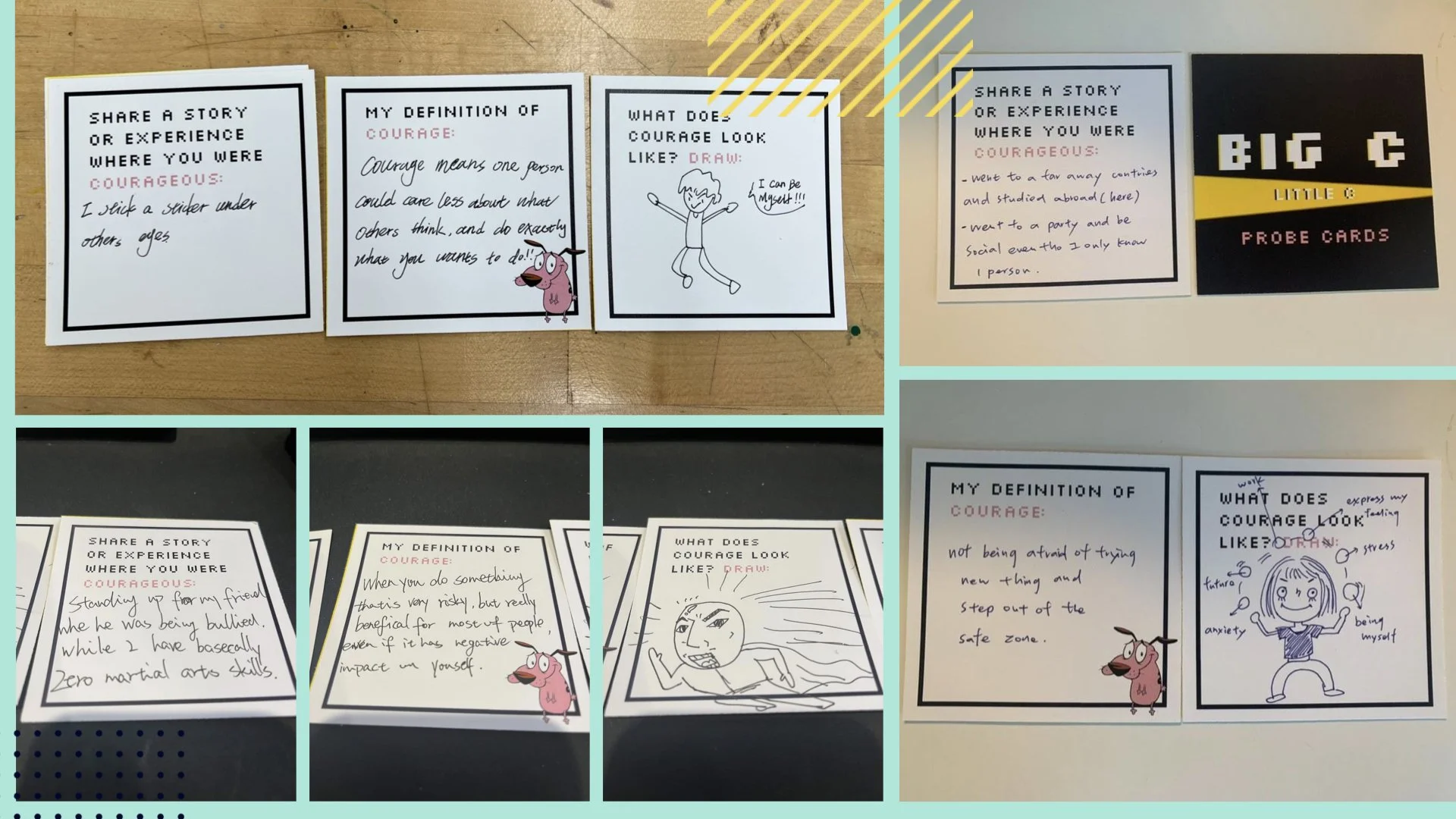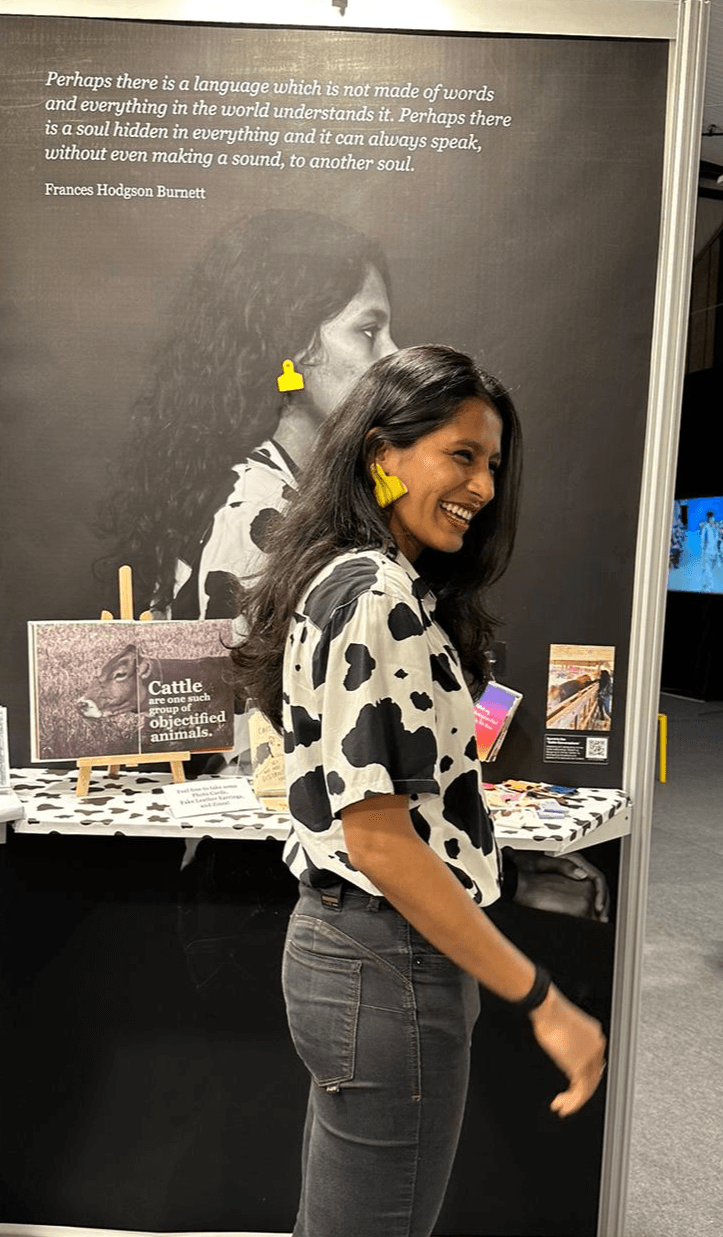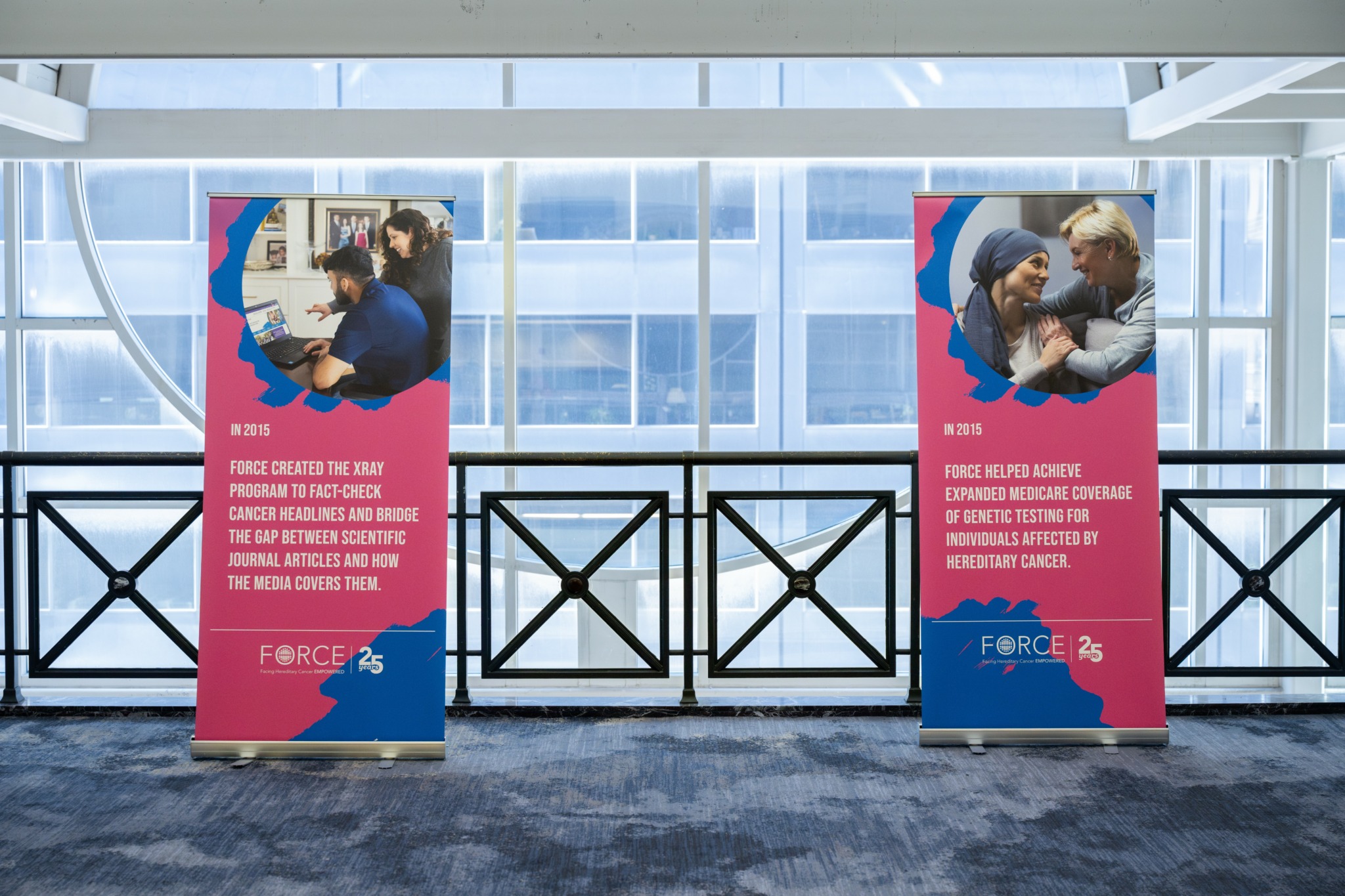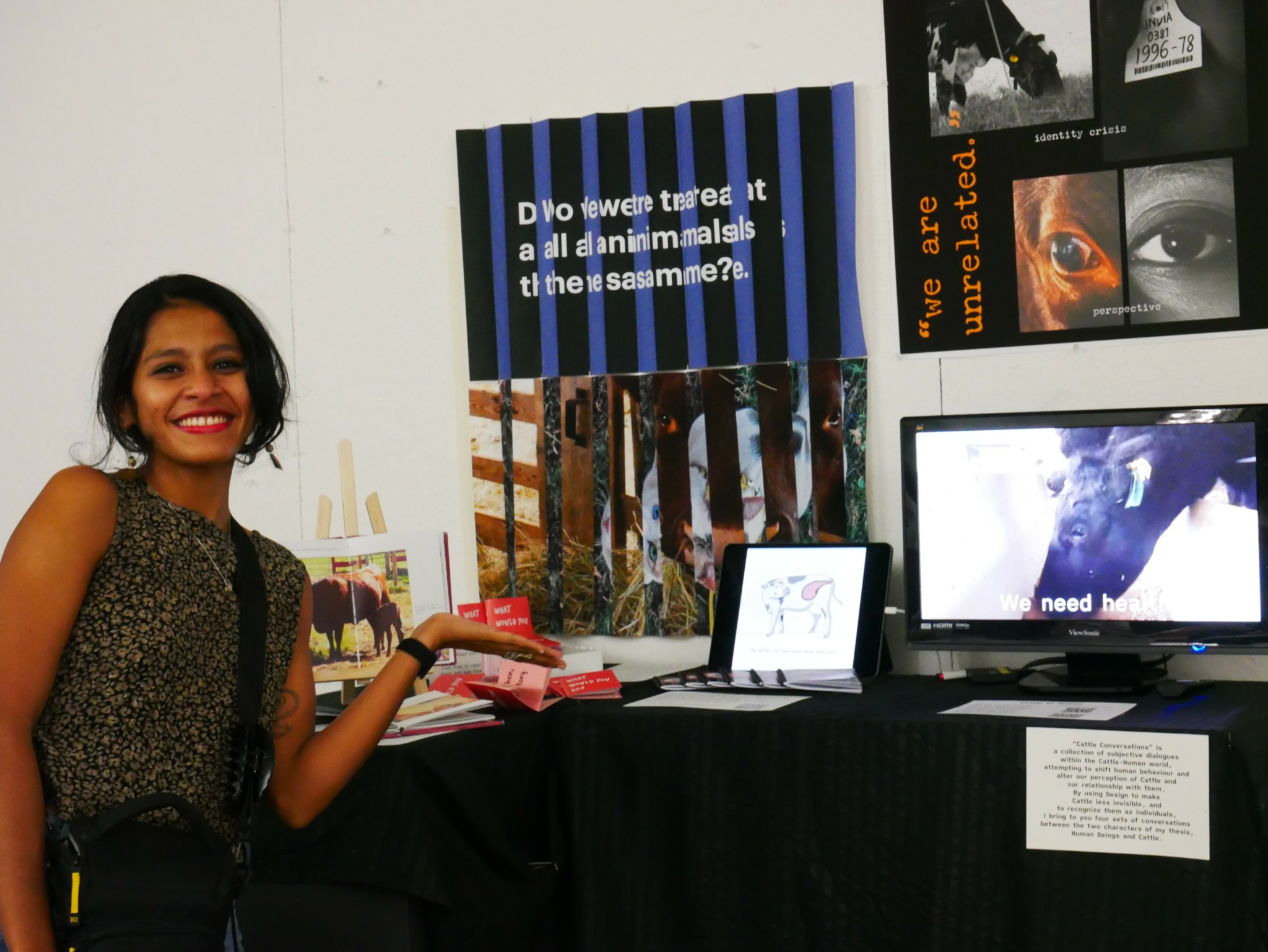We caught up with the brilliant and insightful Sparshita Das a few weeks ago and have shared our conversation below.
Sparshita, appreciate you joining us today. We’d love to hear about a project that you’ve worked on that’s meant a lot to you.
One of the main reasons I wanted to pursue design was to help make the world a better place—and not just from a human-centric perspective. I have always been interested in ideas of coexistence, and wanted to use design to help shape a world that values more than just human needs. However, from the very beginning of my career, I rarely came across projects that aligned with this perspective, which is why my graduate thesis remains the most meaningful project I’ve worked on.
I’ve always loved animals, but my deep interest in animal welfare developed gradually and grew stronger over time. It wasn’t until graduate school that I started to see the potential of design as an essential tool for storytelling, advocacy, and challenging existing narratives. My thesis focused on cattle welfare, but approached the topic from an empathetic perspective.
Titled “Cattle Conversations,” the project was exactly what it sounds like: conversations for, about, and from the perspective of cattle. I chose them as my subject because of the massive scale at which we consume their products globally. My goal was not to convince anyone to become vegan; instead, I wanted to question and better understand our relationship with animals, particularly why we treat certain animals with compassion and others with detachment, and how design has contributed to the objectification of sentient, breathing beings.
One of my biggest challenges was navigating the tone of my work. I didn’t want my project to come off as accusatory or moralizing. I’ve learned, especially through behavior design research, that when people feel attacked, they rarely reflect on their choices. Instead, they become defensive, even when they feel conflicted. As a non-vegan myself, I knew this wasn’t about labeling people as good or bad—it was about acknowledging the systems we all exist within. These choices aren’t always conscious; they’re shaped by culture, capitalism, and convenience.
Through a multidisciplinary approach involving graphic design, print media, video editing, behavioral and transformation design, and even artificial intelligence, I aimed to ask some simple but uncomfortable questions: Why do we treat cattle the way we do? Have we been conditioned to think of them as commodities rather than living beings? Has design—intentionally or unintentionally—served capitalist systems that prioritize productivity over empathy? Why do we feel a deeper emotional connection to dogs and cats, but not to cows or other “utilitarian” animals? Are we simply that distant from them, both physically and emotionally?
“Cattle Conversations” was an exploration of these questions, using design not just as a medium for communication, but as a method for critical thinking, empathy-building, and cultural reflection. Supported by extensive research into the work of other behavior designers and researchers, it also explored methods for evaluating and gradually shifting these behaviors over time.
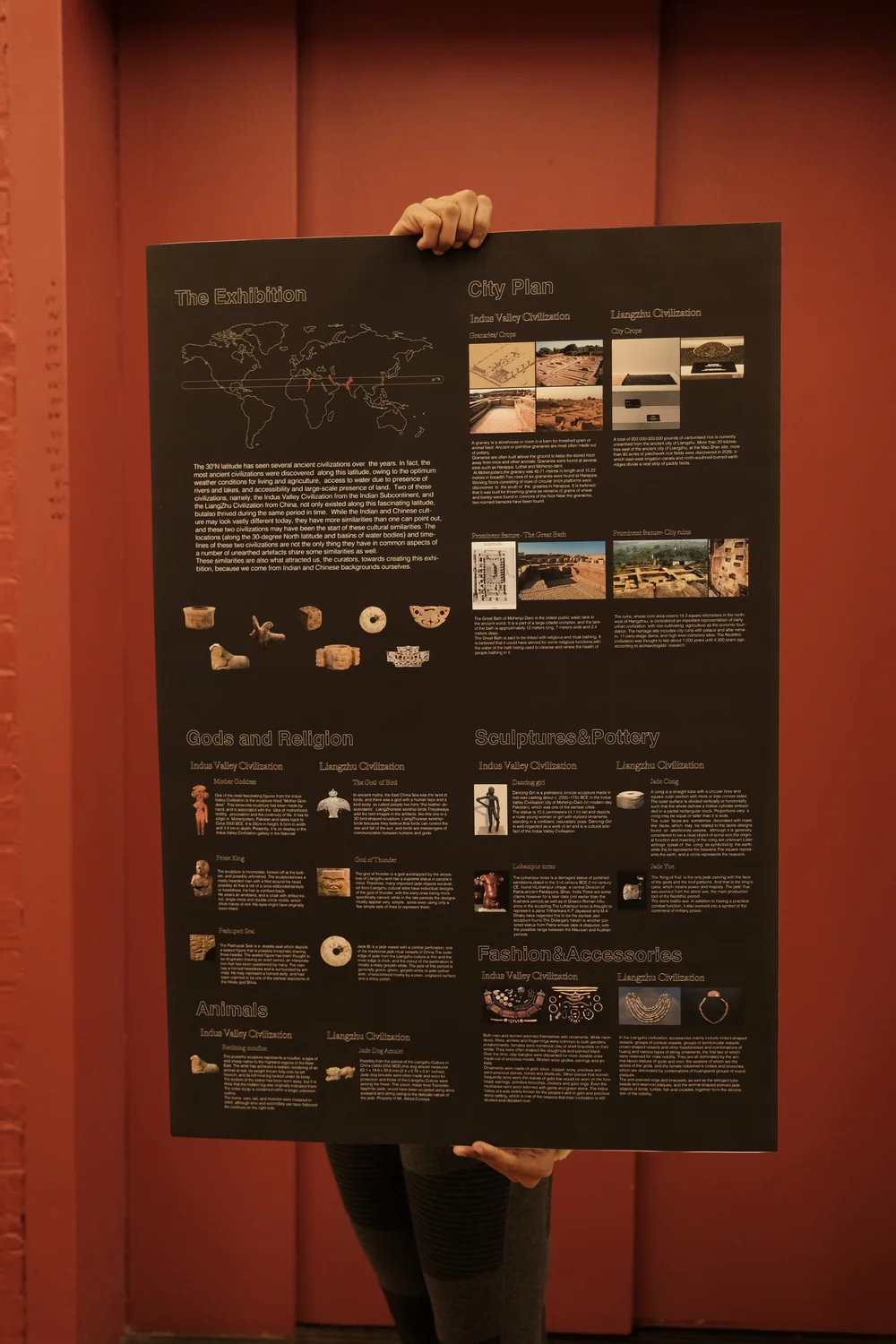
As always, we appreciate you sharing your insights and we’ve got a few more questions for you, but before we get to all of that can you take a minute to introduce yourself and give our readers some of your back background and context?
I’m Sparshita—a Brooklyn-based multidisciplinary designer and illustrator originally from India. Before I made design my full-time career, I was an engineering student, with art and design as nothing more than a hobby. Like a lot of South Asians, I grew up with the classic advice: pick a “safe and stable” career first, and then maybe pursue what you really love. So, although I was inclined towards a creative career, I ended up in a Production Engineering course to play it safe.
It didn’t take long for me to realize that engineering wasn’t where I saw myself long-term. Throughout undergrad, I was actively involved in design and arts clubs, which eventually gave me the clarity I needed to make the switch. After graduating, I decided to start over—building my design career from scratch through internships, freelance work, and a lot of trial and error. Two years later, I found myself at Pratt Institute for a Master’s in Communications Design.
During my time at Pratt, I was lucky to learn from some incredible designers and artists. As someone still relatively new to the field, I was exposed not just to conventional design methods, but also to more experimental and conceptual practices. Through my course, I also had the opportunity to collaborate with students from Design School Kolding in Denmark, and explore “design for play”—something I had never done, or even thought of before! Pratt also helped me open up new ways of thinking and allowed me to explore my passion for animal welfare, human behavior, and social justice through design.
Since moving to New York, I’ve grown more as a designer than I ever imagined. Being surrounded by a diverse group of people who challenged my perspectives helped me develop a more inclusive and open-ended approach to thinking and designing. At the same time, it gave me the confidence to embrace who I truly am and let that reflect in my work.
I currently work at a reputable New York City-based real estate law firm, while also collaborating with nonprofits in global health and education—helping amplify their voices and expand their reach through thoughtful, mission-driven design. Working across such different industries has shown me how versatile and underappreciated design really is. It’s not just about aesthetics—it’s a tool for communication, advocacy, and impact.
My work spans digital and print media, web design, illustration, behavior and transformation design, short animations, and video editing. At the core of it, I’m a process-driven designer, with a strong emphasis on values, ideas, and emotional empathy.
I still describe my design style as “confused and growing,” because I genuinely believe there’s so much more to learn. Design is an ever-evolving field. While it is most commonly associated with marketing and advertising, what fascinates me most is behavior design. I spend a lot of time understanding my audience—how they think, what they need, and what they value—so that I can create something that resonates on a deeper level. That kind of connection is what makes this work rewarding to me.
As my interests continue to evolve, much of my work is shaped by my emotional intuition and my curiosities about the intersections between the human and non-human world. I see design as a powerful tool to build empathy, challenge perceptions, and create meaningful impact.
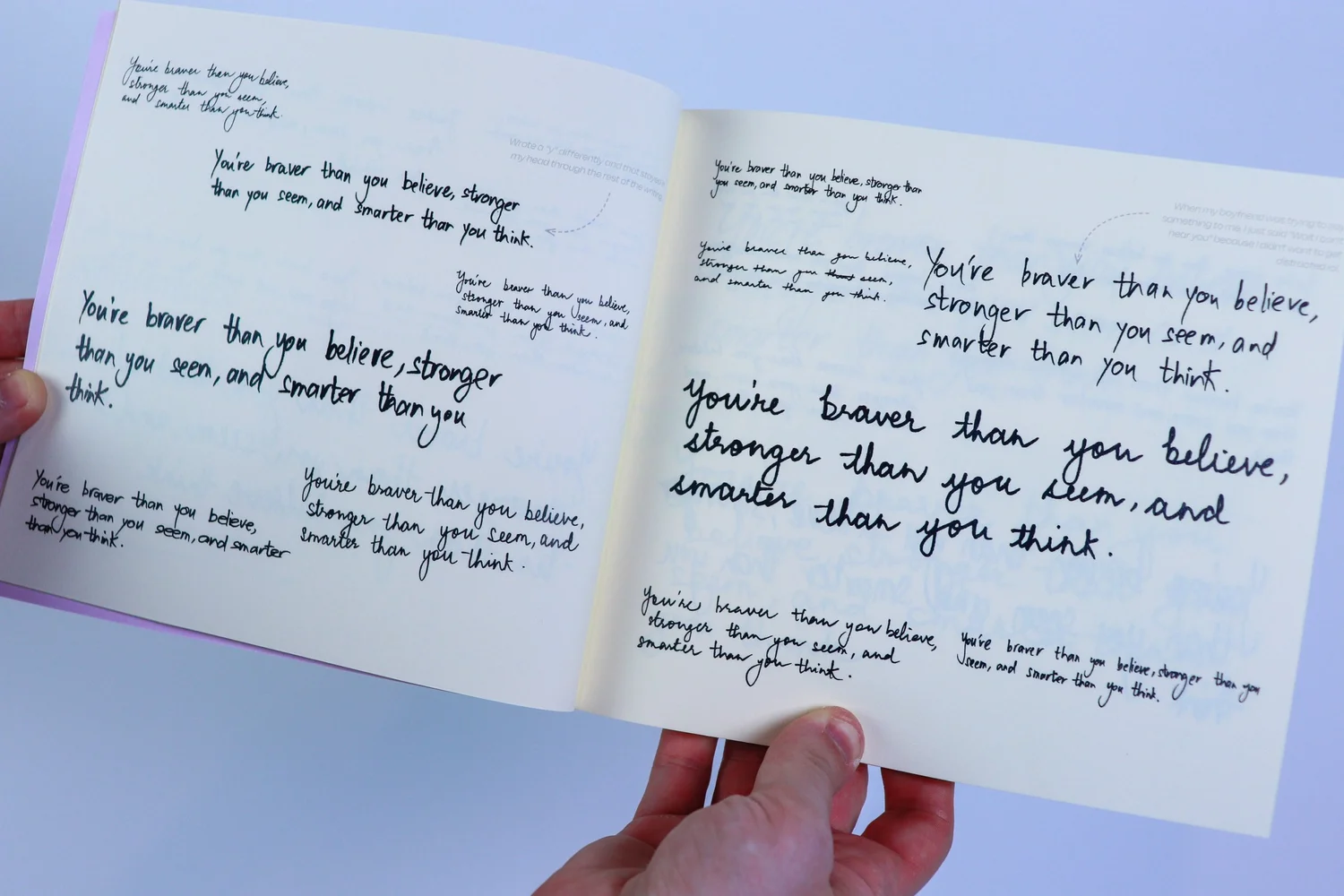
Are there any resources you wish you knew about earlier in your creative journey?
I wish I had understood earlier just how important people are in the creative field.
Coming from a technical background, I used to believe that mastering multiple softwares, collecting certifications, reading a lot of articles and books on design thinking, and constantly expanding my skillset were the keys to becoming a great designer. While those things are valuable, I’ve learned that they’re only part of the equation. Design—at its core—is driven by human experience.
So many design decisions are shaped by people—their behaviors, emotions, needs, and stories. If you don’t take the time to truly understand your users or audience, no amount of technical skill will make your work resonate in a meaningful way. Even in my interest in interspecies and animal welfare design, I’ve realized that understanding human perspectives is key, because at the end of the day, it is human behavior that needs to shift to create impact for non-human lives.
The creative field thrives on empathy and subjectivity. I wish I had known sooner that connecting with people, and listening, observing, and learning from their lived experiences is an essential resource.
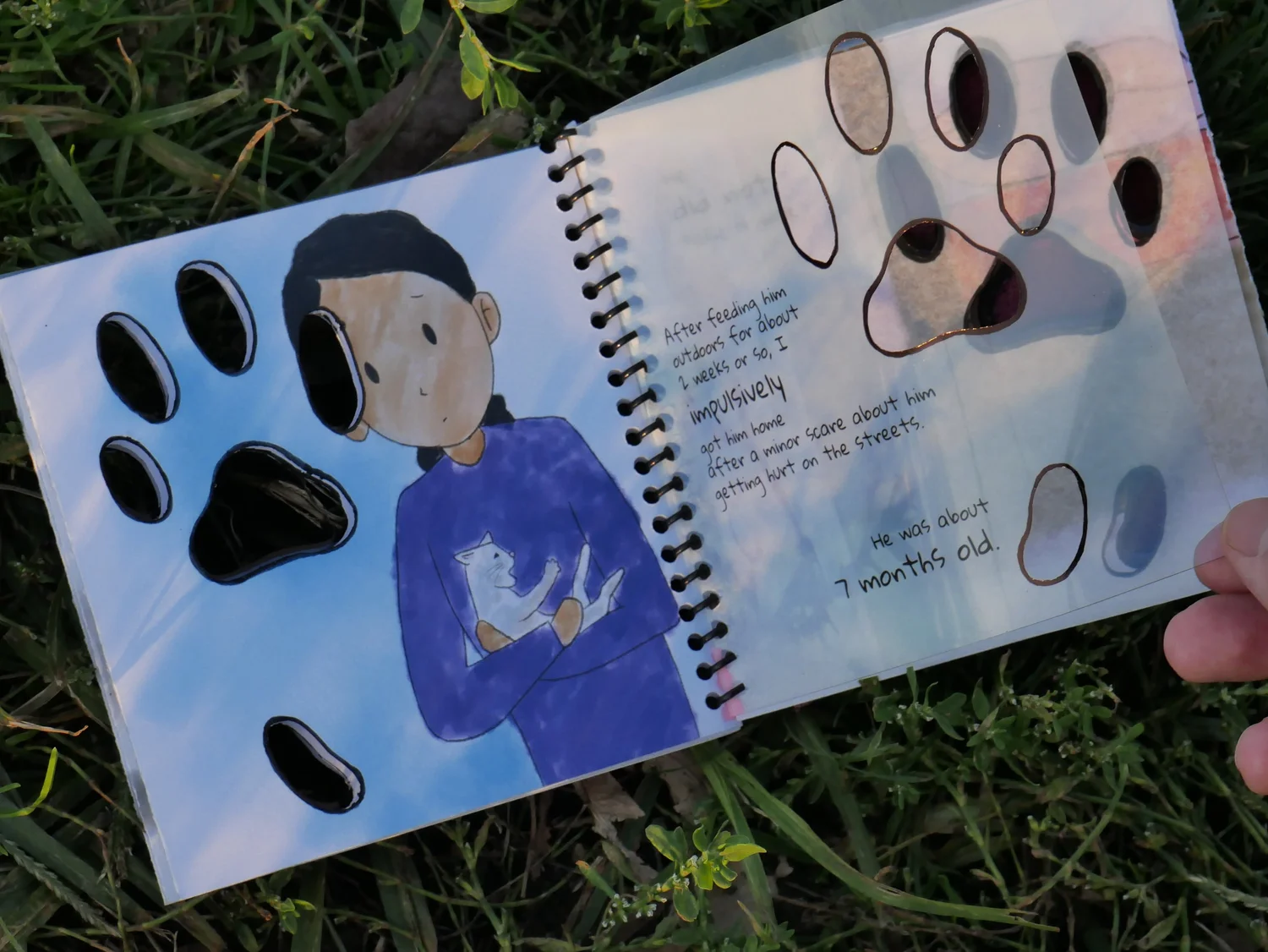
Do you think there is something that non-creatives might struggle to understand about your journey as a creative? Maybe you can shed some light?
From my personal experience, creative fields often appear glamorous from the outside—but the reality is far more complex. Design, for instance, is still an emerging discipline in many parts of the world. Unlike more traditionally established careers, design still struggles for recognition and validation on a global scale. In fact, I myself didn’t realize just how expansive design was until I actually entered the field!
Even now, I come across people who don’t fully understand the role design plays in their daily lives, or value its impact. This lack of awareness brings its own challenges. As a designer, you often find yourself constantly having to justify the worth of your work—not just to others, but eventually to yourself. Over time, those external doubts can turn into internal ones, leading to moments of real self-doubt.
Because of this lack of institutional support or clarity around its value, design is also an underpaid field—especially in the early and mid stages of one’s career. There’s a running joke among creatives about always being broke, but the reality behind that is exhausting. Many designers invest years of training, significant financial resources, and a lot of emotional energy into their work, only to receive very little return. It’s a tough reality, and one that highlights how much the industry still has to grow in terms of fairness and recognition.
Additionally, creative fields are very subjective. There are no set methods or steps to follow. It takes constant effort to navigate that uncertainty. Most people think great ideas come from sudden inspiration, but in reality, it’s more as a result of a lot of research, trial and error, and experimentation.
Contact Info:
- Website: https://www.sparshitadas.com/
- Instagram: https://www.instagram.com/sparshita_das/
- Linkedin: https://www.linkedin.com/in/sparshita-das-208393180/
